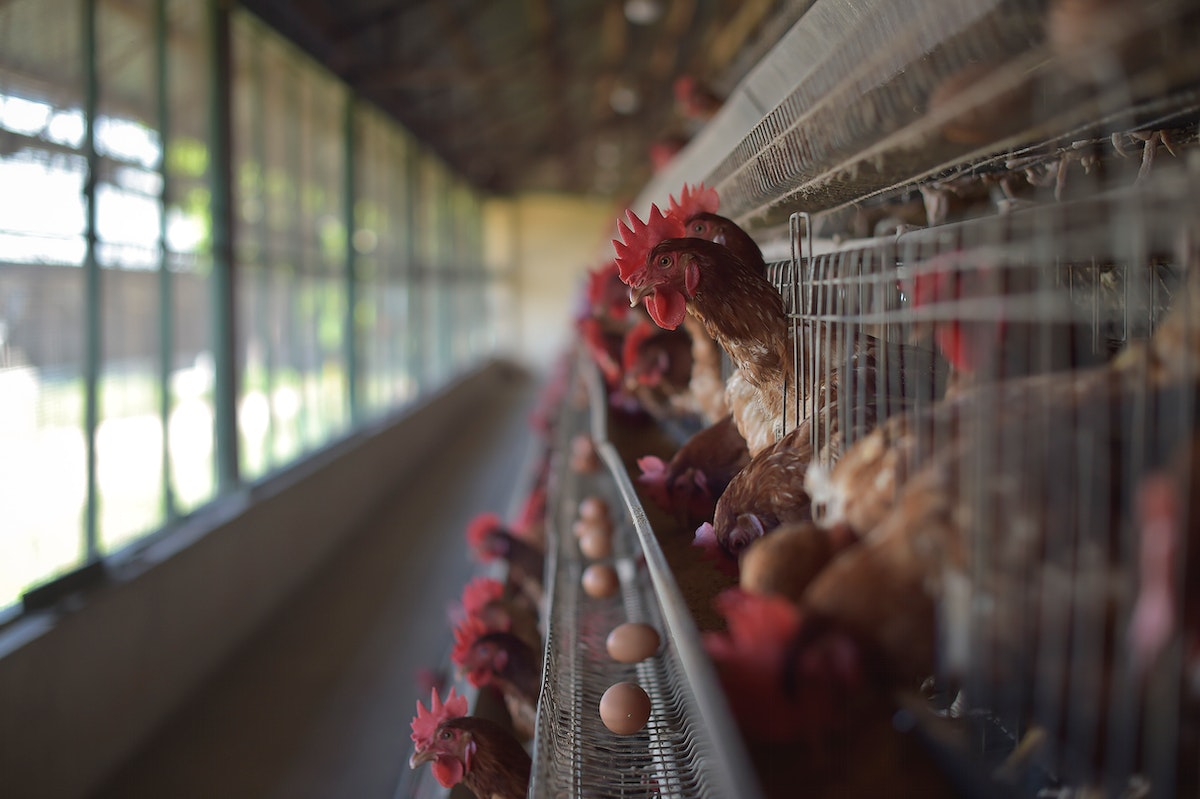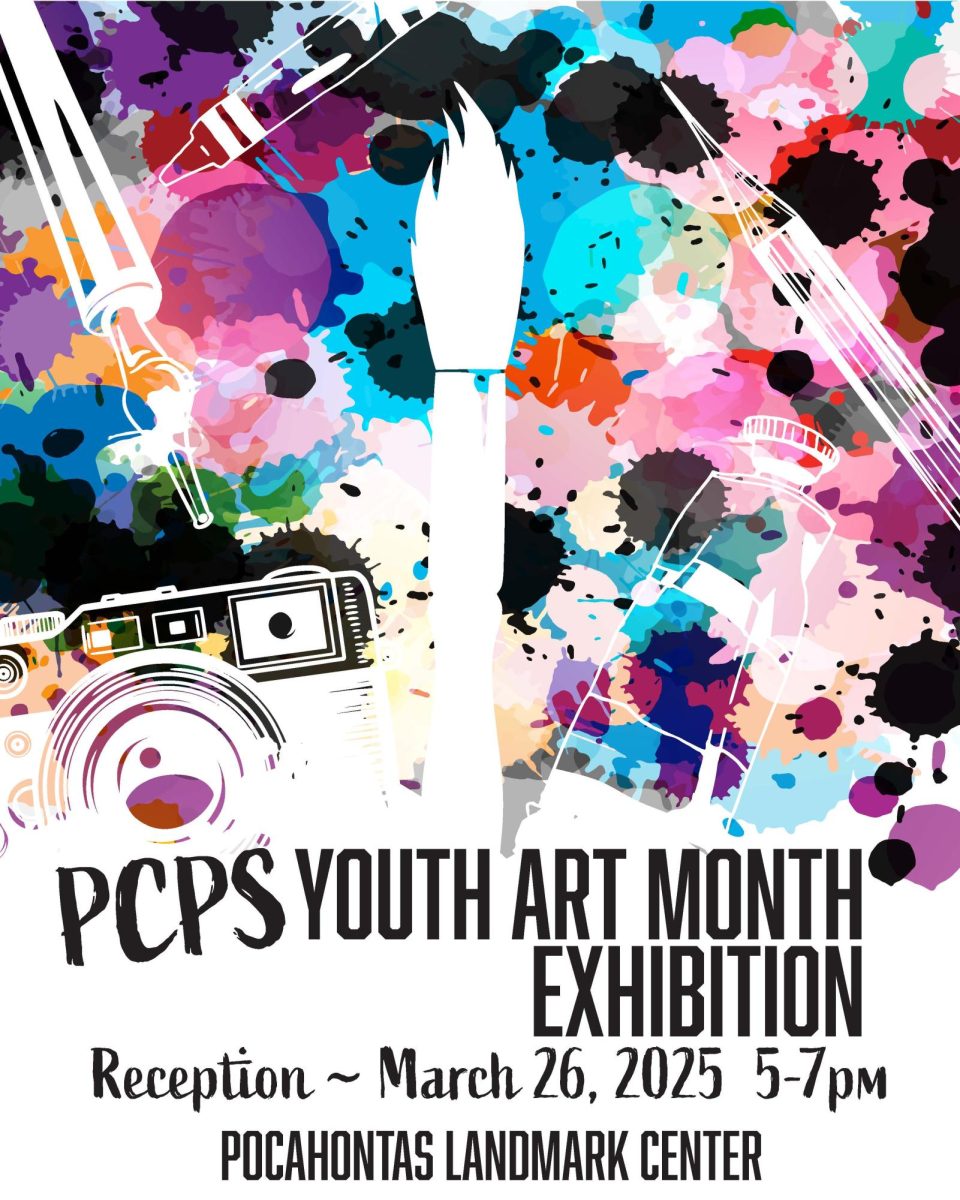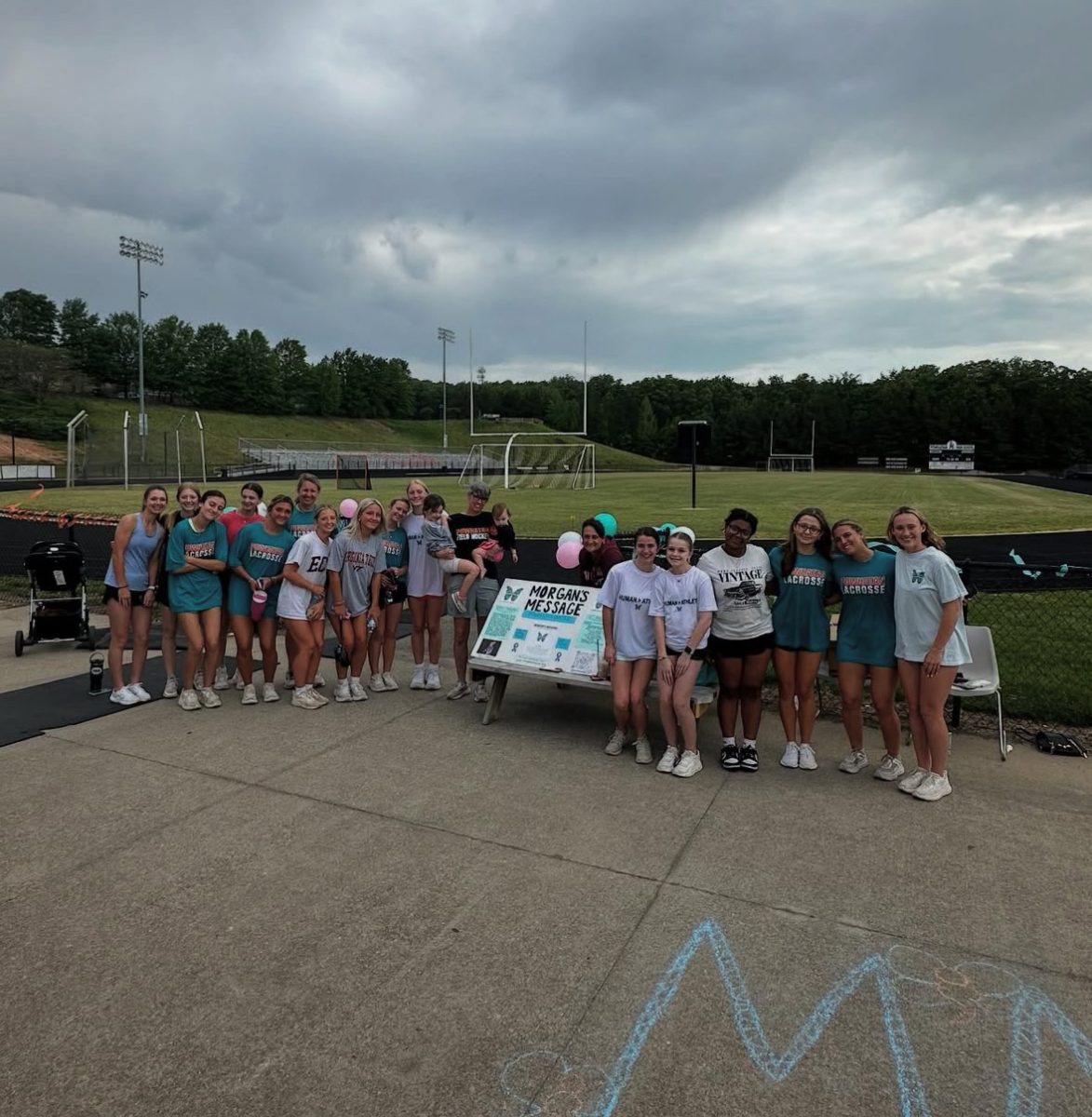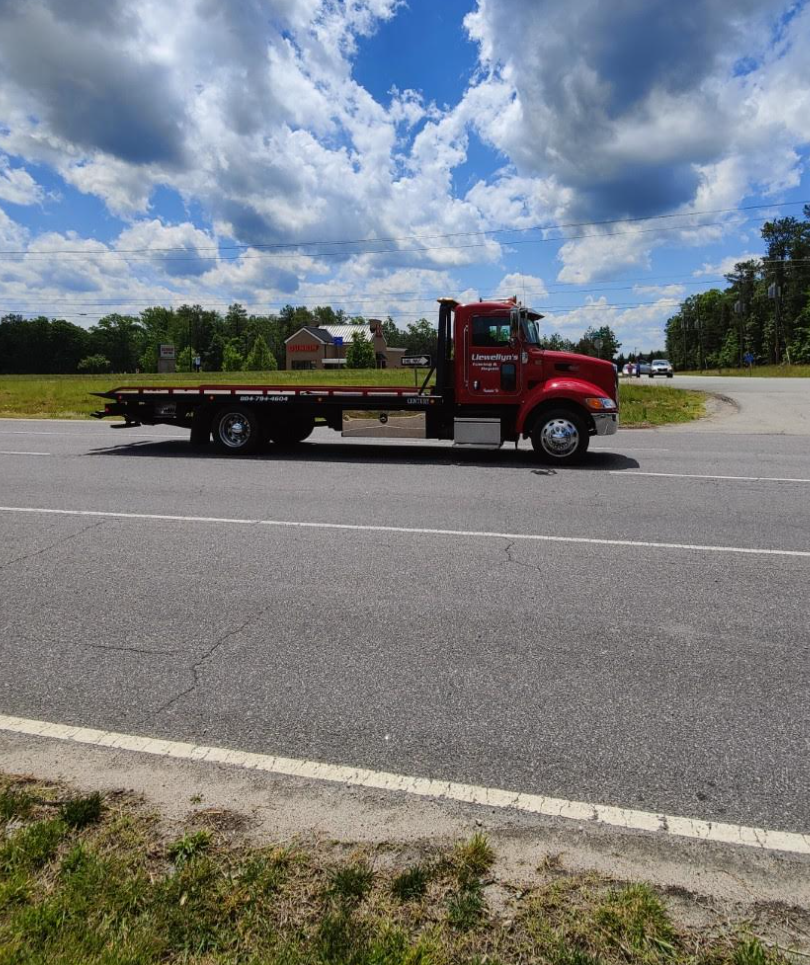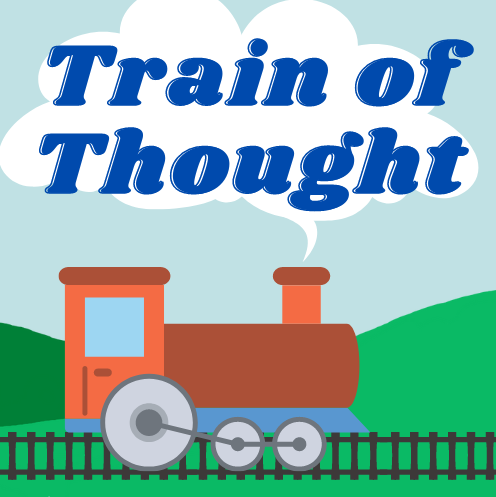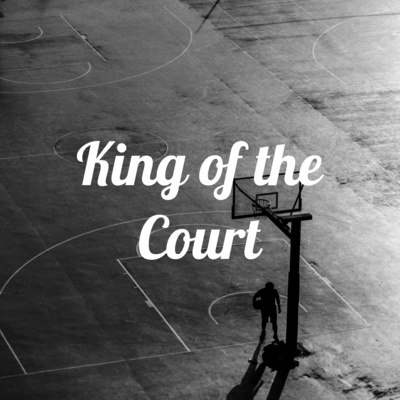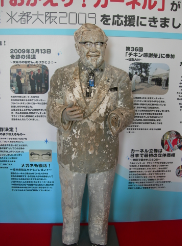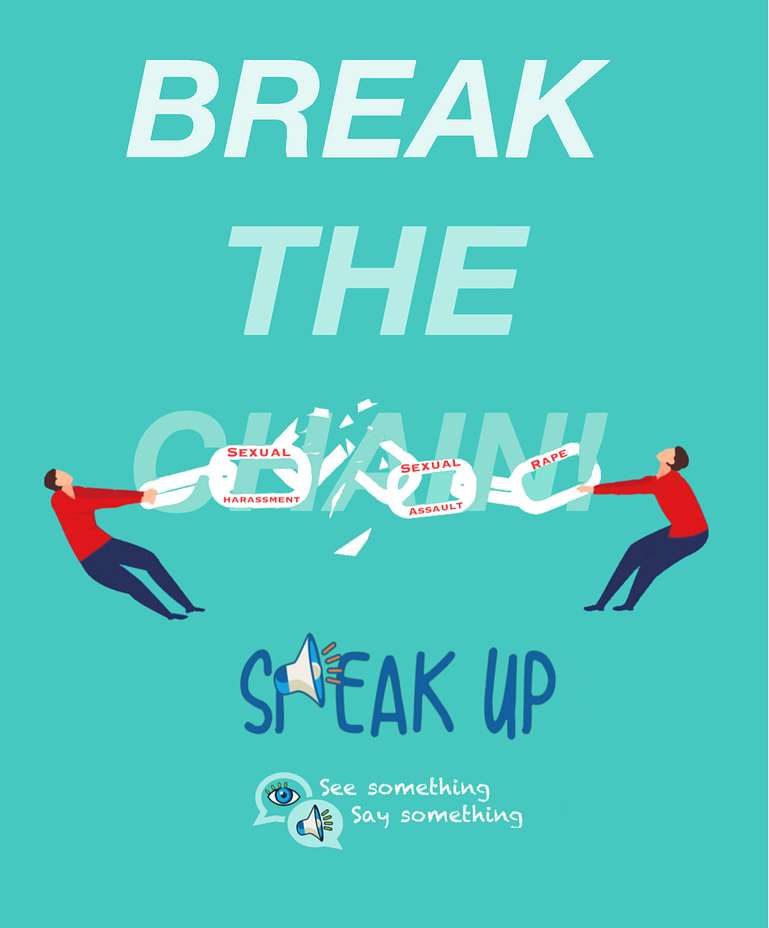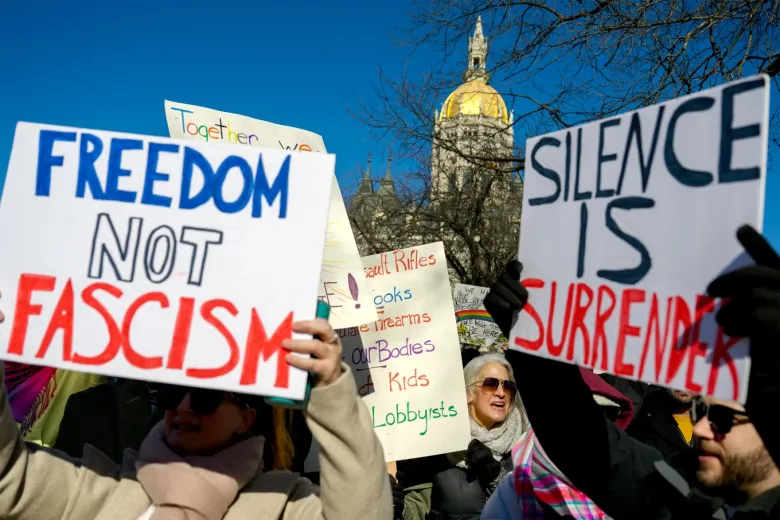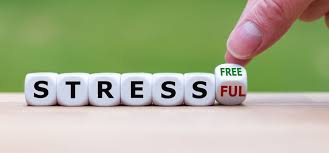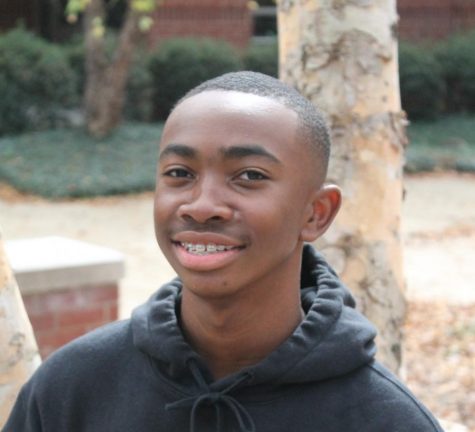Daylight Savings Time: A Waste of Time

April 28, 2022
Beep! Beep! Beep!
DST (Daylight Savings Time) causes harmful changes in a person’s sleep habits, disrupts their natural circadian rhythms and has detrimental health repercussions. Just that one hour can wreak havoc.
Back and Forth
After the time change in the fall, researchers discovered an increase in cluster headaches (sudden and intense headaches). “These attacks, which occur every day, occur for six to eight weeks and then go away in a cluster cycle,” said Dr. Stewart Tepper who treats headache pain at Cleveland Clinic.
“We’re seeing an increase in extra auto and workplace accidents on Monday or maybe even during the first week of the Spring time shift,” said James Wyatt, PhD, Associate Professor at Rush University Medical Center. Male suicide rates in Australia increased in the weeks following the spring DST time change, compared to the weeks before.
Even a one-hour time change might make it difficult to wake up and fall asleep on time. People may find it difficult to fall asleep at night and wake up in the morning after the “spring forward” time change. This can result in less hours of sleep overall, and sleep loss has been linked to increased risk of motor vehicle accidents on days following the time change.
Researchers compared the risk of strokes during the week after daylight saving to the rate 2 weeks before or 2 weeks after in a 2015 study published in Sleep Medicine. They discovered that the rate was 8% higher in the first two days following the change, and that persons with cancer were 25% more likely to have a stroke than during other times of the year. People over the age of 65 were 20% more likely.
Individual health issues exist as well: for example, converting to Daylight Saving Time is linked to increased cardiovascular morbidity, a greater risk of heart attack or stroke, and an increase in hospital admissions for irregular heartbeats. “A 2019 report found a higher risk of heart attack after both time changes, but particularly during daylight saving. Interruptions to circadian rhythm can also impair focus and judgment. A 2020 study found fatal traffic accidents increased by 6% in the United States during daylight saving time.”
Transitioning to a permanent Standard Time advocacy will be required over time. We must consider which industries may be impacted and what additional policy adjustments may be required. It’s an excellent chance for sleep professionals and sleep and circadian researchers to work with policymakers to promote better sleep and health. Daylight Saving Time is being implemented in other nations as well.



